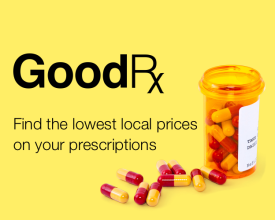Finding the right health insurance plan is essential for managing your healthcare costs and ensuring you get the care you need when you need it. In the United States, navigating the complexities of health insurance options, including understanding the financial incentives available for individual health coverage, can be daunting. According to the Kaiser Family Foundation, in 2022, about 49% of Americans received health insurance through their employers, while a significant portion had to explore individual options either through the marketplace, private providers, or state-funded programs. With various plans offering different levels of coverage, premiums, deductibles, and out-of-pocket costs, making an informed decision requires understanding not only the benefits but also the financial implications and incentives.
One of the key financial incentives for securing individual health insurance is the Advance Premium Tax Credit (APTC), which can drastically reduce monthly premiums for qualified individuals and families. The Health Insurance Marketplace reports that for the year 2023, 8 out of 10 enrollees were able to find a plan for $10 or less per month, after applying tax credits. These credits are designed to make insurance more affordable for people with moderate incomes, making it essential for those shopping for individual plans to check their eligibility. Beyond this, other subsidies and cost-sharing reductions can lower the costs of deductibles, co-payments, and out-of-pocket maximums for eligible enrollees.
Another important aspect to consider when choosing individual health coverage is the network of providers and hospitals included in the plan. Extensive networks can mean better access to specialists and healthcare services, which is crucial during emergencies or for specific health conditions. According to a survey conducted by the National Association of Insurance Commissioners (NAIC) in 2021, about 32% of insured Americans did not fully understand their policy's network, leading to unexpected out-of-pocket expenses. Therefore, when evaluating plans, it's not just about the financials but also understanding the coverage limitations and network breadth.
Lastly, considering health savings accounts (HSAs) or health reimbursement arrangements (HRAs) can provide additional financial benefits. The IRS states that for 2023, individuals can contribute up to $3,850 to an HSA, with families being able to contribute up to $7,750. These accounts offer triple tax advantages - contributions are tax-deductible, the account balance grows tax-free, and withdrawals for qualified medical expenses are not taxed. Aligning these accounts with your health insurance can maximize your financial incentives and healthcare benefits.
In conclusion, when navigating individual health coverage options, it's imperative to explore the available financial incentives, understand the coverage specifics, and choose plans that best meet your healthcare and financial needs. With rising healthcare costs, leveraging subsidies, tax credits, and savings accounts can significantly alleviate the financial burden. Additionally, comprehension of your plan’s provider network can prevent unforeseen expenses, ensuring smoother healthcare experiences. Being proactive and well-informed can make a substantial difference in both your health and your wallet.

